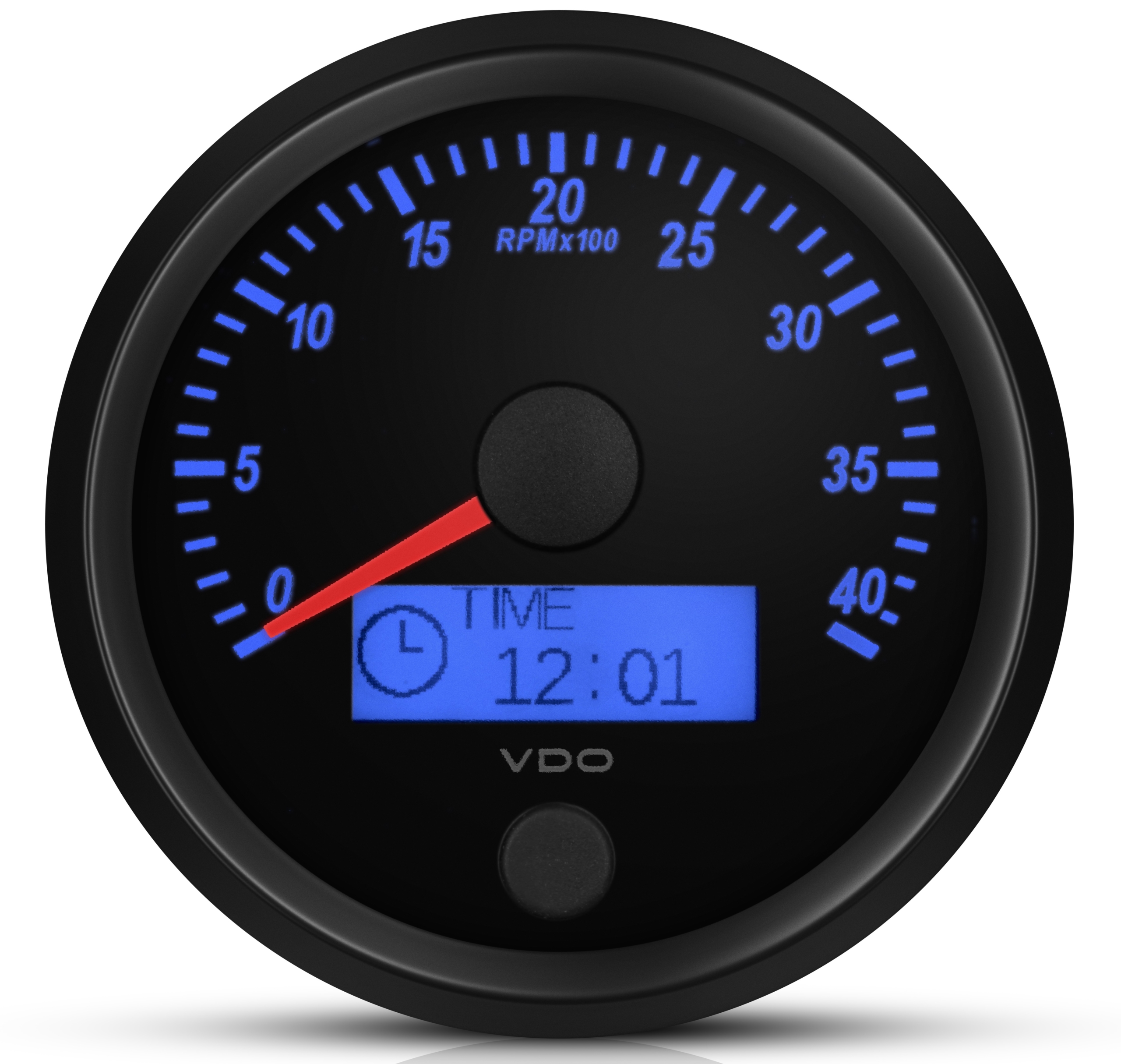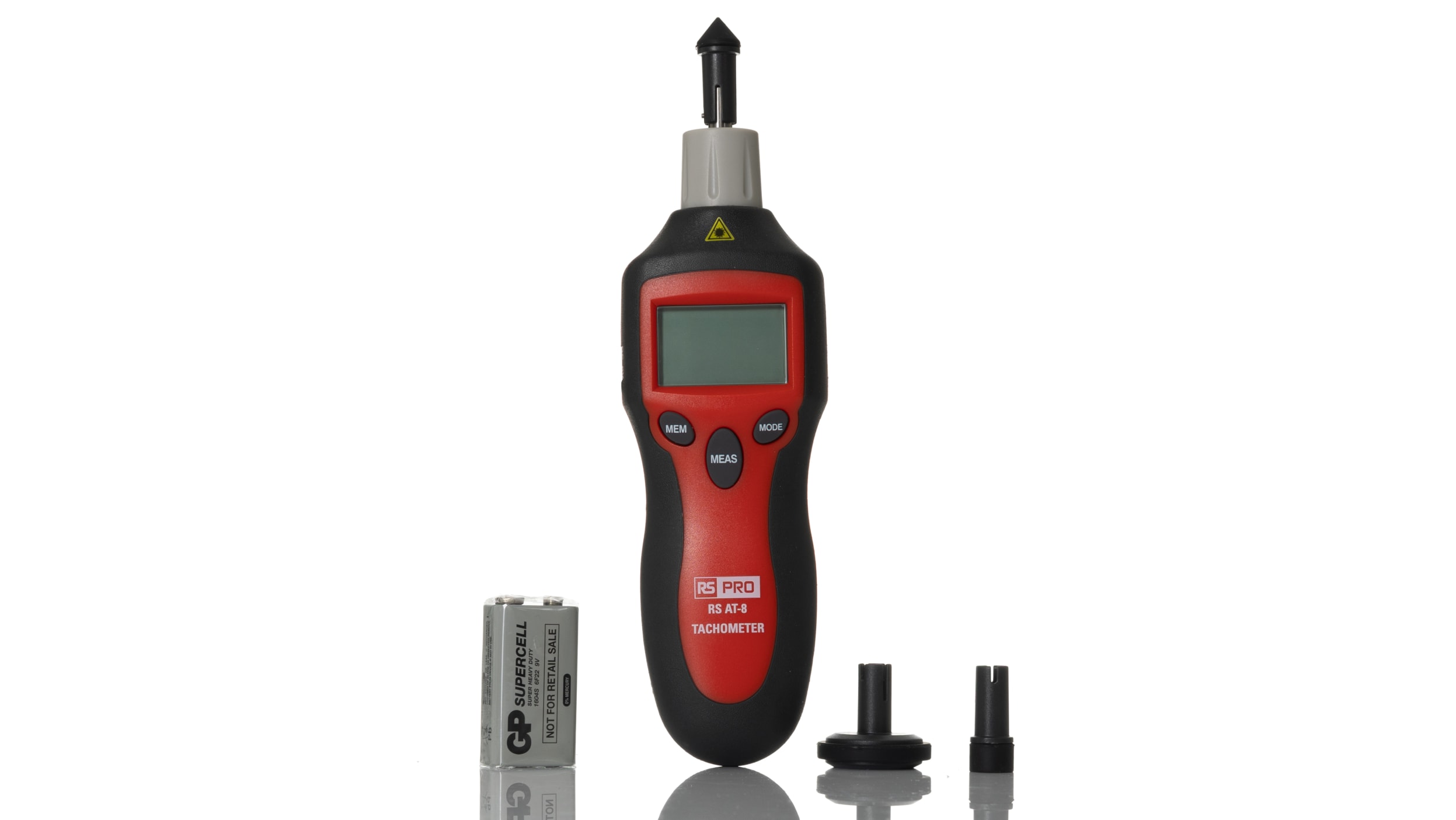Discovering the Features and Benefits of a Tachometer: A Comprehensive Guide for Vehicle Fanatics
From giving real-time information on engine rate to helping in maximizing gear changes, the tachometer serves as more than just a dial on the dashboard. Its complex functions not only improve driving experience however likewise play a pivotal role in maintaining engine wellness and efficiency.
Comprehending the Fundamentals of a Tachometer
In the realm of auto instrumentation, comprehending the fundamentals of a tachometer is important for any car fanatic wanting to explore the details of engine efficiency surveillance. A tachometer, often shown on the control panel of a lorry, measures the engine's transformations per minute (RPM) This essential instrument gives real-time information on just how quick the engine crankshaft is revolving. By keeping track of the RPM, drivers can ensure they are operating within the optimal variety to make best use of efficiency and effectiveness.
Tachometers normally have actually a range marked in changes per minute, with a redline suggesting the optimum rate at which the engine can securely operate (tachometer). This info is vital for avoiding engine damage and maximizing equipment moving for manual transmissions. Additionally, tachometers can help in detecting engine concerns such as misfires or a failing ignition system by spotting uneven RPM analyses
Value of Keeping An Eye On Engine Speed

Keeping track of engine speed is a critical aspect of vehicle maintenance and efficiency optimization for vehicle enthusiasts and specialists alike. The engine speed, measured in transformations per minute (RPM), shows just how quick the engine's crankshaft is revolving. By keeping a close eye on the RPM, motorists can make sure that the engine is operating within the optimal array, protecting against prospective damage from over-revving or stalling. Checking engine speed is particularly vital throughout equipment changes, as it helps drivers determine the appropriate time to alter gears for smooth acceleration and efficient gas usage.
Additionally, tracking engine rate can likewise provide beneficial insights right into the overall health and wellness of the car. Unusual variations in RPM may show issues such as a clogged up air filter, fuel system troubles, and even engine misfires. By discovering these irregularities early on through the tachometer analyses, vehicle drivers can attend to prospective problems promptly, preventing much more extreme damage and expensive repair services down the line. Generally, keeping an eye on engine speed with a tachometer find more is a basic practice that can improve driving efficiency, extend engine life, and guarantee a safer and extra pleasurable driving experience.
Enhancing Performance Through Equipment Shifts
Maximizing performance through strategic gear shifts is a vital element of optimizing a car's effectiveness and power outcome. Appropriate gear moving ensures that the engine operates within its optimum power band, permitting for smooth acceleration and boosted fuel economic situation. When shifting equipments, it is vital to focus on the engine rate suggested on the tachometer. By monitoring the engine changes per min (RPM), motorists can figure out the most suitable moments to upshift or downshift for optimal performance.

To attain peak efficiency through equipment shifts, vehicle drivers should practice smooth and prompt transitions in between equipments, matching engine speed with roadway speed to harness the full capacity of their vehicle's powertrain.
Making Best Use Of Efficiency With a Tachometer
Mastering the art of equipment moving in high-performance automobiles not only enhances driving experience yet additionally plays a vital role in making the most of efficiency with a tachometer. tachometer. By paying close attention to the tachometer readings, chauffeurs can optimize their equipment changes to run within Web Site the engine's most reliable range. get more When speeding up, shifting gears at the appropriate RPM shown by the tachometer can avoid the engine from overworking or underperforming, resulting in improved gas performance and total performance
In addition, a tachometer helps drivers stay clear of unnecessary revving, which not just squanders fuel but also puts unnecessary stress on the engine. Constantly monitoring the tachometer while driving permits smoother equipment changes, lowering wear and tear on the transmission system over time.

Advanced Tips for Tachometer Use
To dive right into advanced pointers for tachometer utilization, consider including the use of shift lights. Change lights are visual indicators that brighten when it's time to change equipments based on engine transformations per min (RPM), enabling for seamless equipment modifications without frequently keeping track of the tachometer. By fine-tuning shift points and setting advising limits, drivers can maximize velocity and engine efficiency while lessening the risk of over-revving.
Final Thought
Finally, the tachometer serves as an essential tool for cars and truck enthusiasts to check engine speed, boost performance through equipment changes, and make the most of efficiency. By recognizing the features and advantages of a tachometer, motorists can enhance their driving experience and lengthen the life-span of their lorry. Using advanced ideas for tachometer application can even more boost driving skills and overall efficiency when driving.